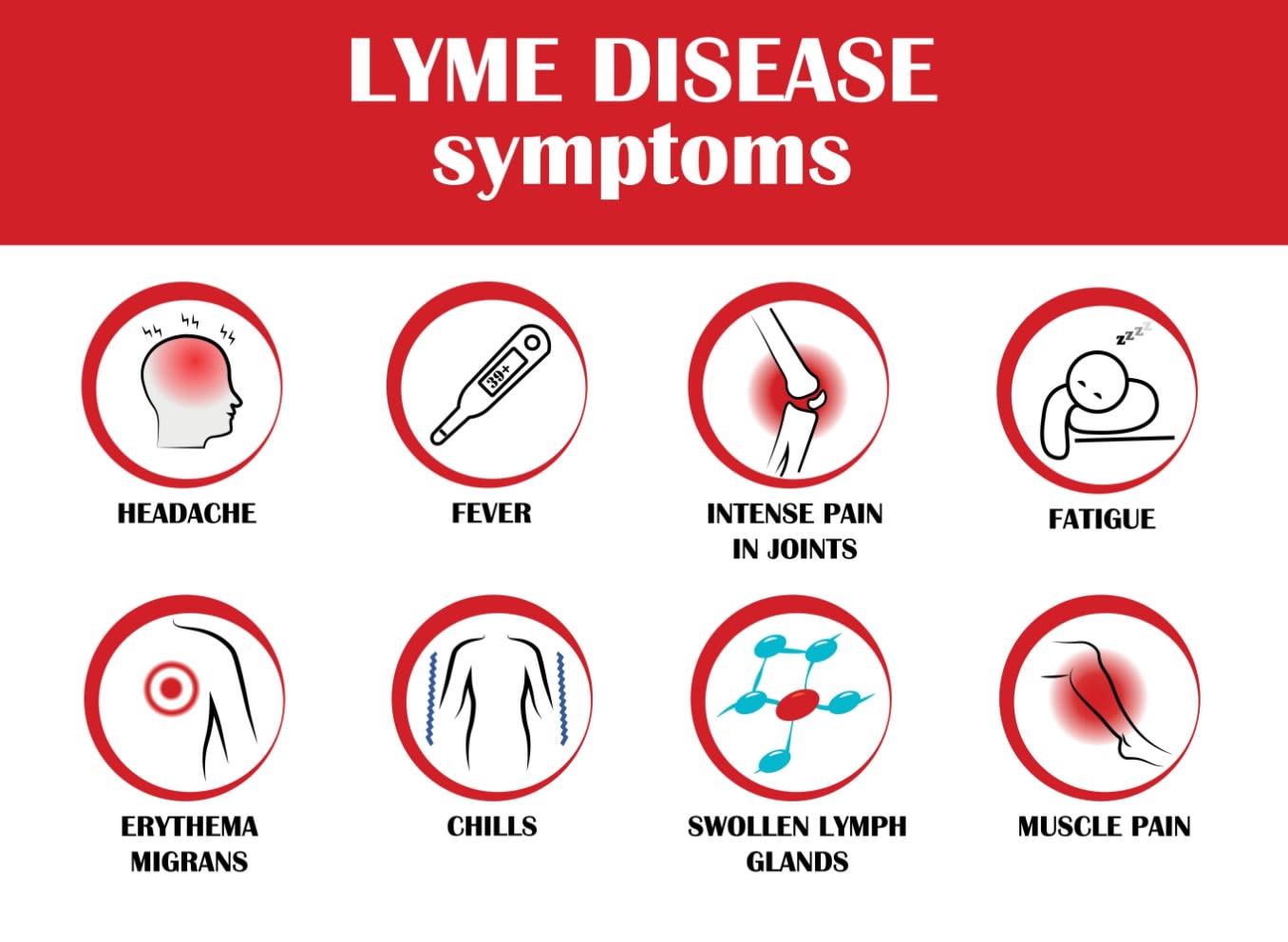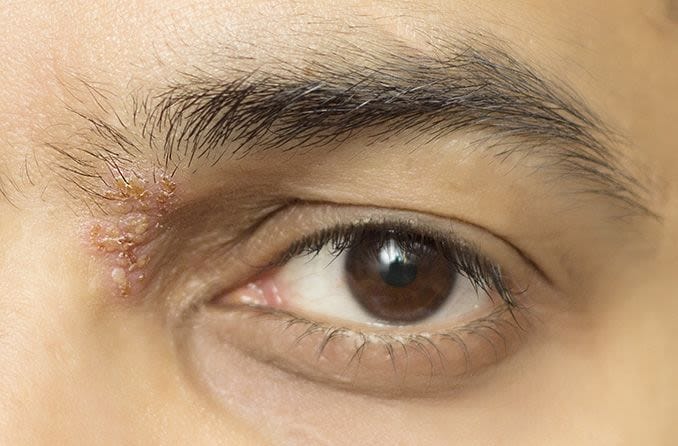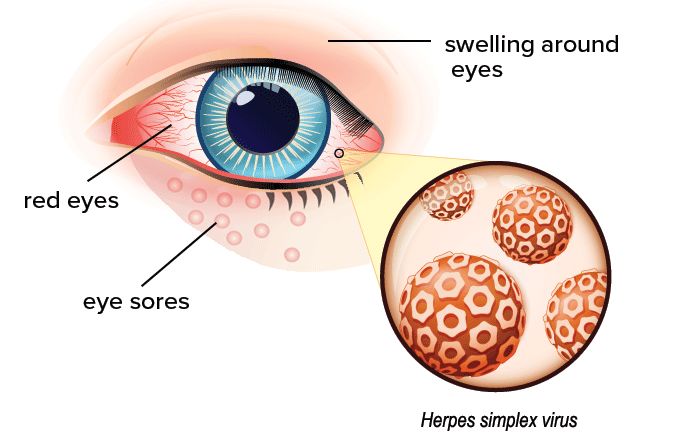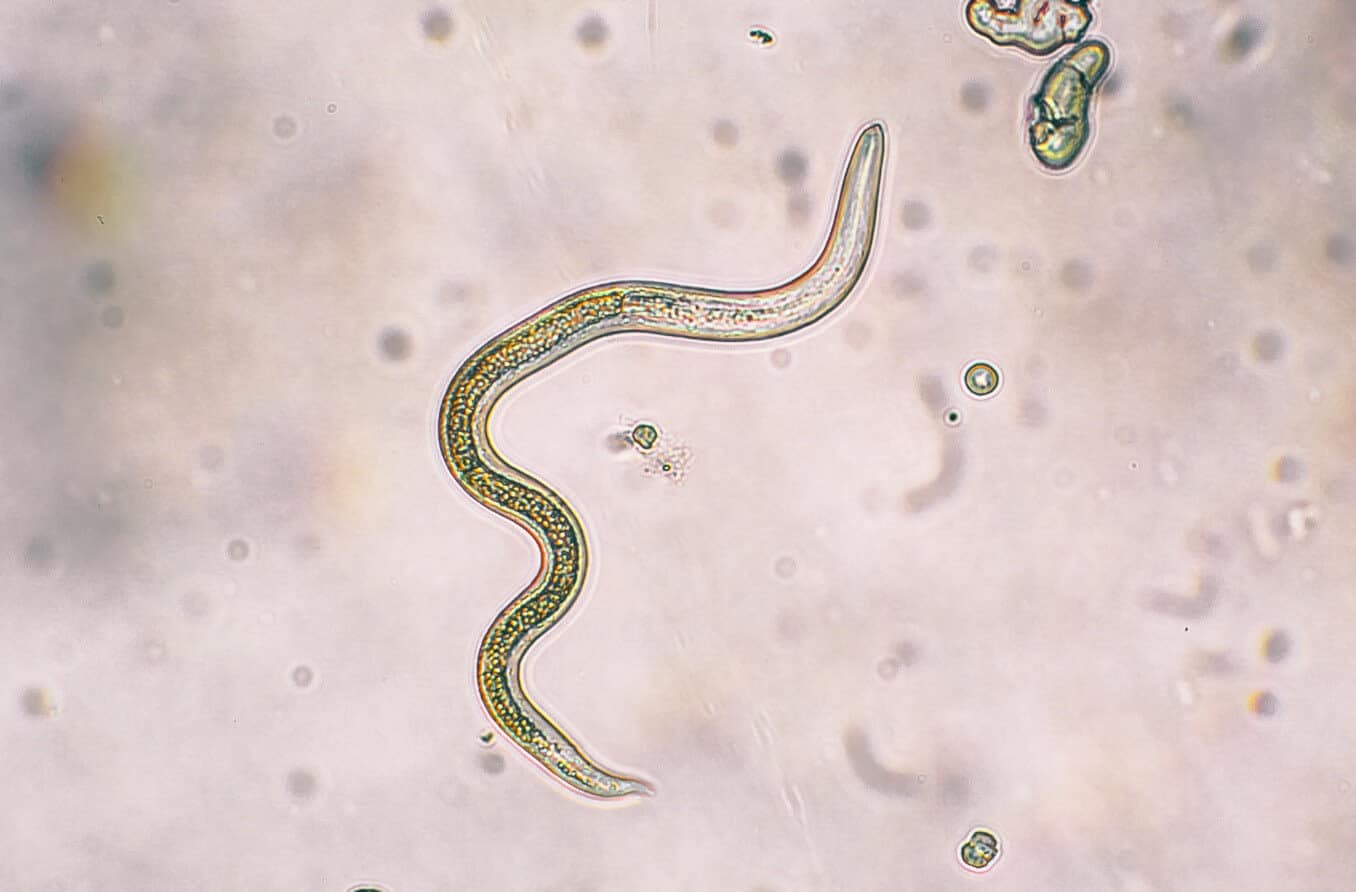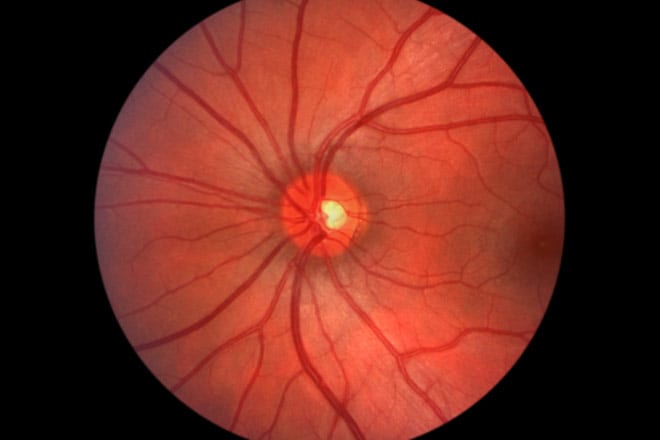How can measles affect your eyesight?
Vision-related effects of measles vary from case to case and range from common, harmless symptoms to rare, sight-threatening damage. It’s important to note that timeliness of treatment and pre-existing health of the child are the heaviest contributors to how harsh or mild measles is on the eyes.
Here are five possible effects that measles can have on your vision:
1. Conjunctivitis
Characterized by watery, itchy, goopy or burning eyes, conjunctivitis is a common infection also known as pink eye. Nearly all measles patients present symptoms of conjunctivitis in the early stages of the disease, in addition to runny nose, fever and other cold symptoms.
While medicated eye drops can help with conjunctivitis, symptoms typically resolve on their own as measles progresses. Applying a cold, wet washcloth to the eyes can help with the discharge and discomfort commonly experienced.
HAS YOUR CHILD EXPERIENCED VISION LOSS DUE TO MEASLES? Schedule an appointment with a children's eye doctor near you today.
2. Optic neuritis
Optic neuritis is a rare complication of measles that targets the optic nerve. The optic nerve is responsible for taking visual information produced by the retina and sending it to the brain to be processed.
When the optic nerve gets inflamed, it can cause eye pain, loss of color vision and temporary blindness. Steroid medications are usually prescribed to reduce inflammation, but they don’t necessarily improve the chances of having full sight restored.
Typically, minor cases of optic neuritis will taper off and resolve on their own without medication. While vision may be restored gradually over a few weeks or months, there are instances in which full eyesight is never gained.
SEE RELATED: Eye pain — Is it an emergency?
3. Keratitis
Keratitis, also called a “corneal ulcer,” describes the inflammation of the cornea, the clear front surface of the eyeball that allows light into the eye for vision. The condition is typically caused by an infection and is characterized by a slew of uncomfortable symptoms, like eye pain, grittiness, tearing, blurred vision and light sensitivity.
Keratitis can be easily treated with medicated eye drops, but if not treated quickly, keratitis can worsen and result in vision loss. The infection can also travel and create problems in other parts of the eye.
4. Corneal scarring
Corneal scarring occurs when the cornea is injured, either through a scrape, cut, burn or other means of injury. When concerning measles, corneal scarring is the result of a corneal ulcer or keratitis.
In severe or untreated cases of keratitis, corneal tissue is damaged and replaced with scar tissue. Depending on the density of the scar tissue and the surface area that it covers, corneal scarring can cause vision loss.
Corneal transplants are possible to remove the scar tissue and restore clear vision, but prevention is the easier and less expensive route. Seeking treatment quickly for keratitis when it occurs is the best way to avoid corneal scarring and maintain clear vision.
5. Blindness
According to the World Health Organization, nearly 100,000 children go blind every year as a result of measles, making it the leading cause of blindness in children.
Blindness is usually the result of problems experienced by malnourished children who don’t have readily available health care and whose diets include little to no vitamin A.
If a malnourished child is diagnosed with measles, administering vitamin A treatment in the beginning stages will help reduce their chances of developing complications and, ultimately, save their sight.
Loss of vision is often the final result of eye-related measles complications and is caused by the other conditions mentioned above. The good news is, it’s very unlikely that blindness will occur without first experiencing any of the other eye-related symptoms.



